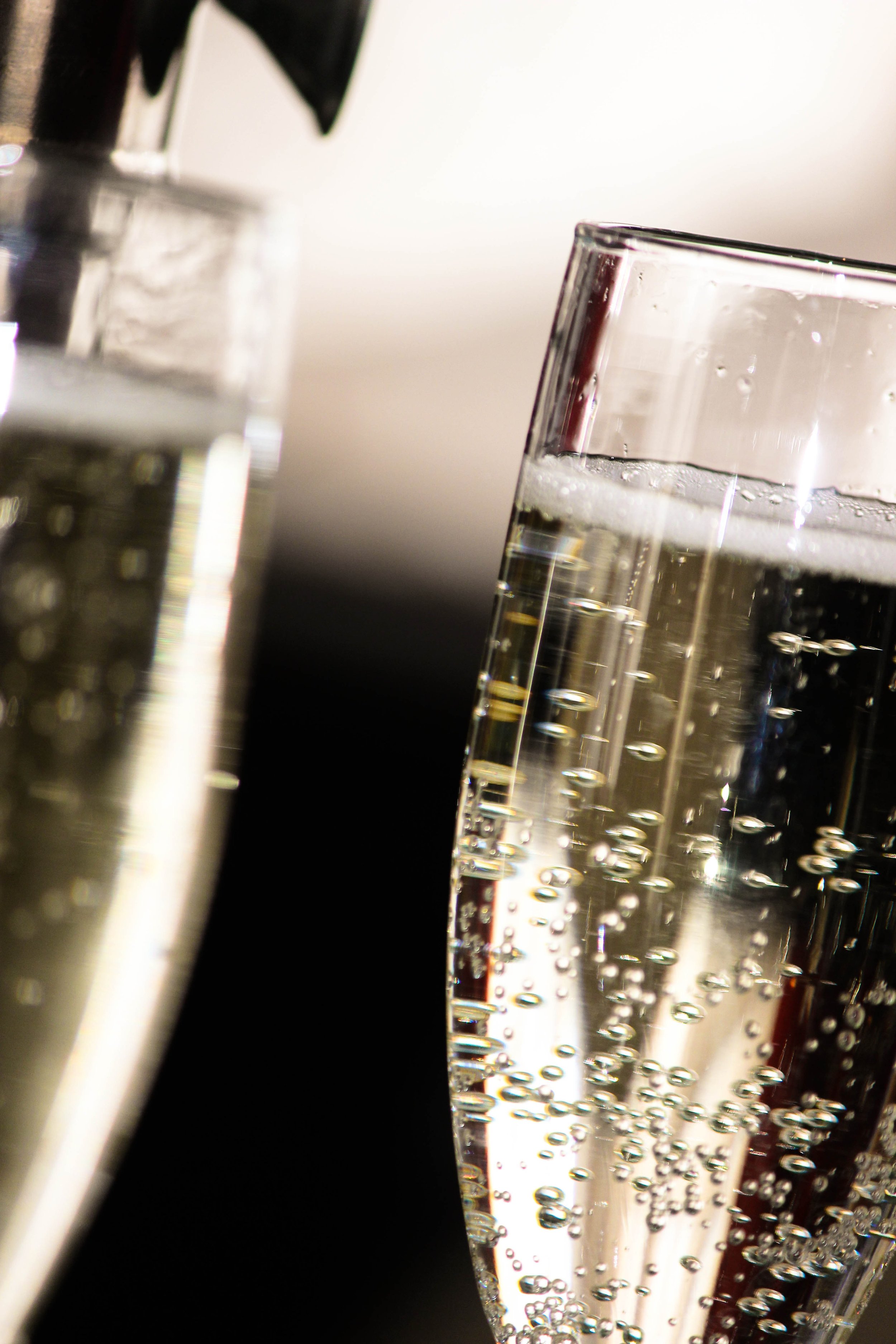Best sparkling wine to use for a mimosa instead of Champagne.
Sparkling wine should always be fun and delicious, but they all don’t belong in a mimosa!
Wait, why are you even thinking of using your good champagne for a mimosa?
Let’s talk about this right now!
First, though, let’s step back and discuss sparkling wines.
How much info do you need? I’ll try to keep it short.
Champagne is a sparkling wine from the Champagne region of France. It must be from that region to be called Champagne. France, and many of the other old world wine countries, take the rules about this very seriously. It must be made using the traditional method, AKA Methode Champenoise. That means both fermentations to get those great bubbles are done in the bottle.
Spoiler alert: The exception is California Champagne. (If you want the long story on this check out this article from Vinepair about the California loophole.) Short story is that if you were a California wine producer making “champagne” in California before 2006 you can keep going. I’m just telling you this so you don’t lose a bet or an argument that there is NO Champagne outside of Champagne. California Champagne does use the traditional method, though.
Why I am rushing to write this now:
I just saw an article that recommended Veuve Clicquot Yellow Label for a Mimosa! Insanity! Veuve Clicquot (which I do love for a celebration) is usually over $50.
This would be like buying a beautiful and expensive shirt and wearing a bathrobe over it. Why would you do such a thing? You will not be able to taste the delicious champagne with all that orange juice mixed in.
As with most things, there are price points all up and down the range for Champagne. There are more expensive Veuve Clicquots. There are very expensive champagnes from all of the famous Champagne Houses. Clearly that is not the direction you want to go for a mimosa. A celebration absolutely! But a mimosa? Seriously?
My go to sparkling wine is Cava. It is delicious alone or with orange juice (should you be so inclined) or with any number of mixers. Cava is from Spain and made the same way champagne is: methode champenoise.
If you can find a rosé Cava, even better! It’s a celebration in a glass at a very reasonable price. I have really never had a terrible Cava. If you end up with one, that’s the time to overload it with orange juice I guess.
The problem with Cava is that it is often hard to find. For every 1 bottle of Cava you can find in a wine or liquor store, they will carry dozens of Prosecco.
Well why not Prosecco?
Prosecco is rarely made using the traditional method, but there is nothing wrong with it. However, the wide range of prices and quality at your everyday wine store can make a mistake buying it more likely. The really inexpensive ones can often disappoint. While you don’t want to use expensive champagne or prosecco to mix with orange juice, you don’t want to drink something awful either. A Bellini is made using Prosecco, and Bellinis are fun to drink. As a sparkling wine on its own, though, I prefer Cava.
Another good choice for sparkling wine is a Cremant. This is sparkling wine made in France, but outside of the Champagne region. I have had some wonderful Cremants, but at the higher end they are not appropriate for a mimosa. As with prosecco, they can also be hit or miss.
As with any wide range of styles and price points, rely on advice from a wine professional you trust when looking for recommendations. In a restaurant or a wine store, I will look at 2 different price points, and ask:
“What am I gaining with the additional price? What am I losing by paying less?”
If they can’t answer to your satisfaction, don’t rely solely on the advice.
Comparing bottles is the best way to learn what is worth it and what is not. Comparing bottles is a great way to learn in general.
Have fun with it!
Just don’t waste the good stuff in a mimosa!
Related posts:
For a deep dive on Champagne
For the ultimate guide on all things bubbly:
In case you really want to party with Prosecco in some way:

